In today’s global marketplace, understanding shipping options is essential for businesses and individuals looking to import goods from China to Sweden. With various methods available, the choice between air freight and sea freight can greatly impact your logistics strategy, including delivery timelines and costs. This guide provides a comprehensive analysis of these shipping methods, detailing their advantages, associated expenses, and factors influencing shipping decisions. Whether you’re a small business owner or a seasoned importer, this information will help you navigate the complexities of international shipping and make informed choices that align with your operational needs.
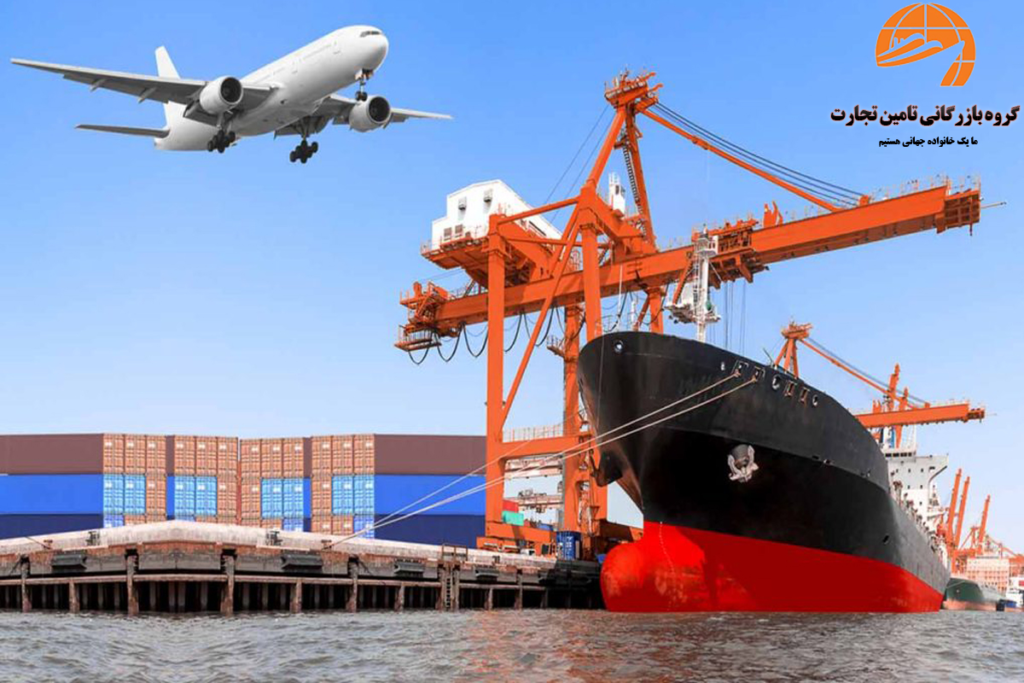
Understanding Shipping Options from China to Sweden
When businesses and individuals look to import goods from China to Sweden, understanding the various shipping options available is crucial for making informed decisions. The choice between air freight and sea freight can significantly influence delivery timelines, costs, and overall logistics strategies.
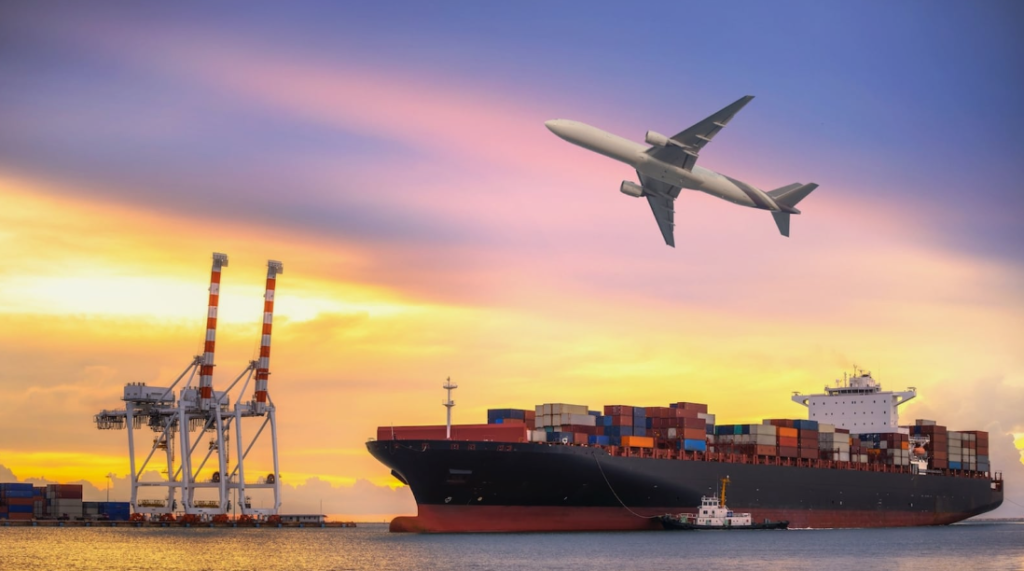
Overview of Shipping Methods: Air vs. Sea Freight
Air Freight
Air freight is often the preferred choice for businesses that require speed and reliability. It is ideal for perishable goods, high-value items, or shipments that need to reach the destination quickly. Key characteristics of air freight include:
- Speed: Typically, air shipments can reach their destination within 1-3 days. This is particularly beneficial for time-sensitive deliveries.
- Reliability: Airlines generally adhere to strict schedules, leading to predictable delivery times.
- Security: Goods transported by air are less susceptible to damage and theft compared to other methods.
However, air freight does come with higher costs compared to sea freight.
Sea Freight
Sea freight, on the other hand, is often more cost-effective, especially for bulk shipments. It is commonly used for large volumes of goods that are not time-sensitive. Key attributes of sea freight include:
- Cost-Effectiveness: Generally, sea freight is significantly cheaper than air freight for larger shipments. This makes it a preferred choice for businesses looking to save on logistics costs.
- Capacity: Ships can accommodate a vast amount of cargo, making it suitable for transporting large items or quantities.
- Environmental Impact: Sea freight has a lower carbon footprint per ton of cargo compared to air freight, making it a more environmentally friendly option.
However, sea freight has longer transit times, typically ranging from 20-40 days depending on the shipping route and port congestion.
Key Factors Influencing Shipping Costs
Several factors can influence shipping costs when transporting goods from China to Sweden:
- Weight and Volume of Cargo: Heavier and bulkier shipments incur higher costs.
- Shipping Method: As noted, air freight generally costs more than sea freight.
- Distance: The greater the distance, the higher the shipping costs.
- Fuel Prices: Fluctuations in fuel prices can affect shipping costs, especially for air freight.
- Seasonality: Peak seasons for shipping, such as the holiday season, can lead to increased rates due to high demand.
- Insurance Services: Protecting your goods with insurance services adds an additional cost but is advisable for high-value shipments.
Read More:
- Shipping From China To Netherlands
- Shipping From China To Spain
- Shipping From China To Germany
- Shipping From China To France
- Shipping From China to Italy
- Shipping From China To Poland
- Shipping From China to United Kingdom
Shipping Costs: A Detailed Breakdown
Understanding the cost structure of shipping is essential for budgeting and planning. Below is a detailed breakdown of average shipping costs associated with both air and sea freight when importing goods from China to Sweden.

Average Shipping Costs for Air Freight
| Weight (kg) | Cost (USD) |
|---|---|
| 0 – 50 | 200 – 500 |
| 51 – 100 | 500 – 1,000 |
| 101 – 200 | 1,000 – 2,000 |
| 201 – 500 | 2,000 – 4,000 |
| 501+ | Custom Rates |
Air freight pricing can vary based on the dimensions and nature of the cargo, with Dantful International Logistics offering competitive rates and tailored solutions for air freight needs.
Average Shipping Costs for Sea Freight
| Container Size | Cost (USD) |
|---|---|
| 20ft Container | 1,500 – 3,000 |
| 40ft Container | 3,000 – 5,000 |
| LCL (Less than Container Load) | 100 – 300 per m³ |
Sea freight costs depend significantly on the container size and whether it is shipped as a full container load (FCL) or less than container load (LCL).
Hidden Fees and Additional Charges
In addition to the base shipping costs, there are often hidden fees and additional charges that importers should consider:
- Customs Clearance Fees: Costs associated with the processing of goods through customs.
- Terminal Handling Charges (THC): Fees for loading and unloading cargo at the port.
- Documentation Fees: Charges for preparing essential shipping documents.
- Delivery Charges: Fees incurred for transporting goods from the port to the final destination.
- Storage Fees: Potential charges if goods are held at the port beyond the free storage period.
Importers should work with a professional freight forwarder like Dantful Logistics to navigate these potential pitfalls and ensure all costs are accounted for.
Transit Times: What to Expect
When importing goods from China to Sweden, understanding transit times is crucial for effective supply chain management. The duration it takes for products to arrive at their destination can significantly impact inventory levels, production schedules, and customer satisfaction.
Average Transit Times for Air Freight
Air freight is known for its speed, making it a preferred option for urgent shipments. Typically, the average transit times for air freight from China to Sweden are:
| Route | Transit Time |
|---|---|
| Major Chinese Cities (e.g., Beijing, Shanghai) to Stockholm | 1 – 3 days |
| Other Chinese Cities | 2 – 5 days |
Air freight is ideal for time-sensitive deliveries, providing a quick turnaround compared to other shipping methods.
Average Transit Times for Sea Freight
Sea freight is generally slower but more cost-effective for bulk shipments. The average transit times for sea freight from China to Sweden are as follows:
| Route | Transit Time |
|---|---|
| Major Chinese Ports (e.g., Shanghai, Shenzhen) to Gothenburg | 25 – 40 days |
| Smaller Ports | 30 – 45 days |
While sea freight may take longer, it is often the preferred choice for large volumes of goods or non-urgent shipments.
Factors Affecting Shipping Speed
Several elements can influence transit times when shipping goods from China to Sweden:
- Shipping Method: Air freight is inherently faster than sea freight.
- Route Taken: Direct routes will always be quicker than those requiring multiple transits.
- Weather Conditions: Adverse weather can lead to delays in both air and sea freight.
- Port Congestion: Busy ports can cause delays in loading and unloading cargo.
- Customs Clearance: Efficient customs processes can reduce delays upon arrival.
Understanding these factors helps businesses plan more effectively and set realistic delivery expectations.
Shipping From China to Middle East Countries:
- Shipping from China to Saudi Arabia
- Shipping from China to UAE
- Shipping from china to KUWAIT
- Shipping From China To EGYPT
- Shipping from China to Bahrain
- Shipping From China To Jordan
- Shipping From China To Israel
- Shipping from China to Qatar
- Shipping From China To IRAQ
- Shipping from China to Iran
How to Choose the Right Shipping Company
Selecting the appropriate shipping company is vital for successful logistics management. The right partner can enhance efficiency, reduce costs, and ensure timely delivery.
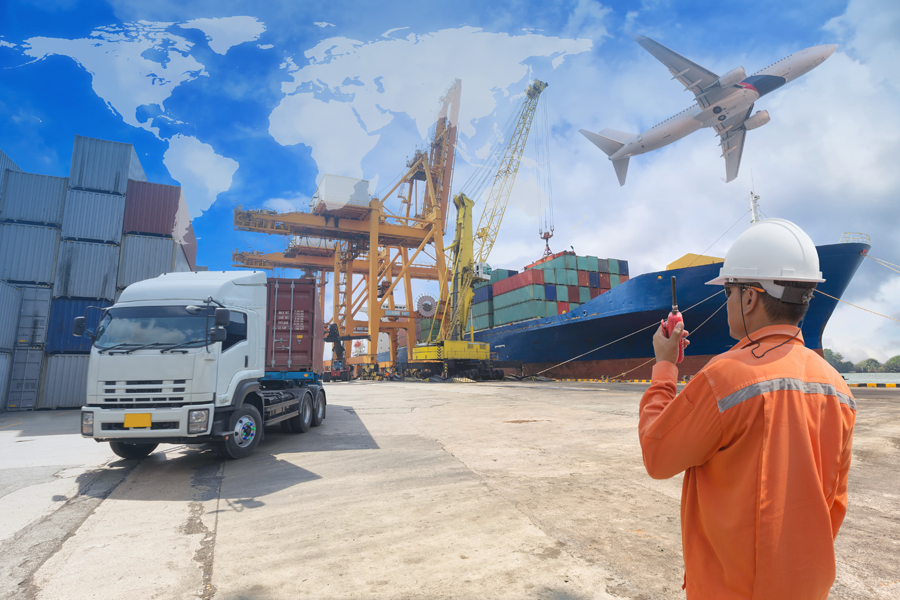
Comparing Shipping Companies: Key Metrics to Evaluate
When evaluating potential shipping companies, consider the following key metrics:
- Transit Times: Assess the average transit times for both air and sea freight.
- Pricing Structure: Examine the transparency of pricing and any hidden fees.
- Service Variety: Look for companies that offer a range of services, including customs clearance, warehouse services, and specialized shipping options like Door-to-door shipping.
- Insurance Coverage: Ensure the company provides adequate insurance for goods in transit.
The Role of Freight Forwarders in Cost Reduction
Freight forwarders like Dantful International Logistics play a crucial role in optimizing shipping processes and reducing costs. They offer:
- Negotiation Power: Established relationships with carriers can lead to better rates and terms.
- Customized Solutions: Freight forwarders can tailor shipping solutions based on specific needs, ensuring efficiency.
- Simplified Logistics: By managing multiple elements of the shipping process, they allow businesses to focus on core operations.
Customer Reviews and Reputation: What to Look For
Examining customer reviews and the overall reputation of shipping companies is essential. Key aspects to consider include:
- Customer Feedback: Look for reviews about timeliness, responsiveness, and overall service quality.
- Industry Reputation: Research any awards or recognitions received by the shipping company.
- Trustworthiness: Confirm the company’s track record in handling shipments without loss or damage.
By paying attention to these factors, businesses can choose a reliable shipping partner that aligns with their logistics requirements.
Dantful International Logistics Services:
- Dantful Ocean Freight Services
- Air Freight From China
- Amazon FBA Freight Forwarding
- WAREHOUSE Services
- One-Stop Customs Clearance Solution
- Cargo Insurance Services in China
- DDP Shipping Services By Dantful Logistics
- Out of Gauge Cargo Transportation Shipping Services
Customs Regulations and Import Duties
Navigating customs regulations and import duties is a critical aspect of the shipping process. Understanding these elements can help businesses minimize costs and avoid delays.
Understanding Customs Procedures in Sweden
Customs procedures in Sweden include several key steps:
- Customs Declaration: Importers must submit a detailed declaration that includes information about the goods.
- Documentation Review: Customs officials review shipping documents to ensure compliance with regulations.
- Duties Assessment: Applicable duties and taxes are calculated based on the declared value of goods.
Engaging with a freight forwarder can simplify this process and ensure compliance.
Common Import Duties and Taxes
When importing goods into Sweden, businesses should be aware of common duties and taxes, such as:
| Type | Description |
|---|---|
| Value Added Tax (VAT) | A standard tax applied to goods, typically at a rate of 25%. |
| Customs Duty | Varies based on the type of goods, often calculated as a percentage of the customs value. |
Understanding these charges is essential for budgeting and financial planning.
Tips for Reducing Customs Charges
To minimize customs charges, consider the following strategies:
- Proper Documentation: Ensure all paperwork is complete and accurate to avoid delays and additional fees.
- Classifying Goods Correctly: Misclassification can lead to higher duties; ensure you use the correct Harmonized System (HS) code for your products.
- Leveraging Free Trade Agreements: Investigate if your goods qualify for preferential treatment under any free trade agreements.
By taking proactive measures, businesses can significantly reduce their customs expenses.
Tips for Reducing Shipping Costs
Cost-effective shipping is essential for maintaining profitability. Here are strategies to help reduce costs while ensuring efficient logistics.
Strategies for Cost-Effective Shipping
- Consolidate Shipments: Combining smaller shipments into one larger shipment can reduce per-unit shipping costs.
- Optimize Packaging: Streamline packaging to minimize both weight and volume, which can lower shipping fees.
- Plan Shipments: Schedule shipments strategically to avoid peak seasons when rates are highest.
Using Freight Forwarders and Logistics Services
Utilizing a freight forwarding service can lead to significant savings. Freight forwarders offer:
- Expertise in Logistics: They understand the intricacies of shipping, customs, and regulations, enabling cost-efficient planning.
- Access to Best Rates: Established relationships with carriers often result in better pricing compared to direct bookings.
- Comprehensive Services: Many freight forwarders offer additional services such as insurance, warehousing, and customs clearance, allowing for a streamlined experience.
Choosing Dantful International Logistics means having access to a highly professional, cost-effective, and high-quality service that can facilitate your shipping needs efficiently.
FAQs
Here are some frequently asked questions that potential importers may have when considering shipping options from China to Sweden:
1. What are the main shipping methods available for transporting goods from China to Sweden?
The two primary shipping methods are air freight and sea freight. Air freight is faster and more suitable for time-sensitive deliveries, while sea freight is more cost-effective for larger, non-urgent shipments.
2. How long does it take to ship goods from China to Sweden?
- Air Freight: Typically, transit times range from 1 to 5 days depending on the departure city in China.
- Sea Freight: Transit times generally range from 25 to 45 days based on the port of departure and destination.
3. What factors influence shipping costs?
Shipping costs are influenced by several factors including:
- Weight and volume of the cargo
- Chosen shipping method (air vs. sea)
- Distance from the shipping origin to destination
- Fluctuations in fuel prices
- Seasonality and peak shipping times
- Additional services such as insurance services and customs clearance fees
4. Are there hidden fees I should be aware of when importing goods?
Yes, importers should consider various hidden fees such as:
- Customs clearance fees
- Terminal handling charges
- Documentation fees
- Delivery charges to the final destination
- Potential storage fees if goods are held at the port
5. How can I reduce shipping costs?
To reduce shipping costs, consider:
- Consolidating smaller shipments into larger ones
- Optimizing packaging to minimize weight and volume
- Planning shipments to avoid peak seasons
- Engaging with a freight forwarder like Dantful International Logistics to access better rates and services
6. What are the customs regulations and import duties in Sweden?
Customs procedures in Sweden require a customs declaration that includes detailed information about your goods. Common import duties include:
- Value Added Tax (VAT): Typically 25% on applicable goods
- Customs Duty: Varies based on the type of goods being imported
7. How can a freight forwarder help with shipping?
A freight forwarder, like Dantful International Logistics, simplifies the shipping process by:
- Negotiating better rates with carriers
- Offering tailored shipping solutions
- Managing logistics, customs clearance, and additional services, which saves time and reduces the risk of mistakes.
8. Should I insure my cargo during shipping?
Yes, it is advisable to secure insurance services for high-value shipments. This mitigates risks associated with loss or damage during transit.

Young Chiu is a seasoned logistics expert with over 15 years of experience in international freight forwarding and supply chain management. As CEO of Dantful International Logistics, Young is dedicated to providing valuable insights and practical advice to businesses navigating the complexities of global shipping.



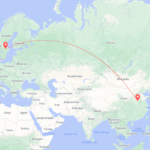




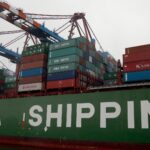


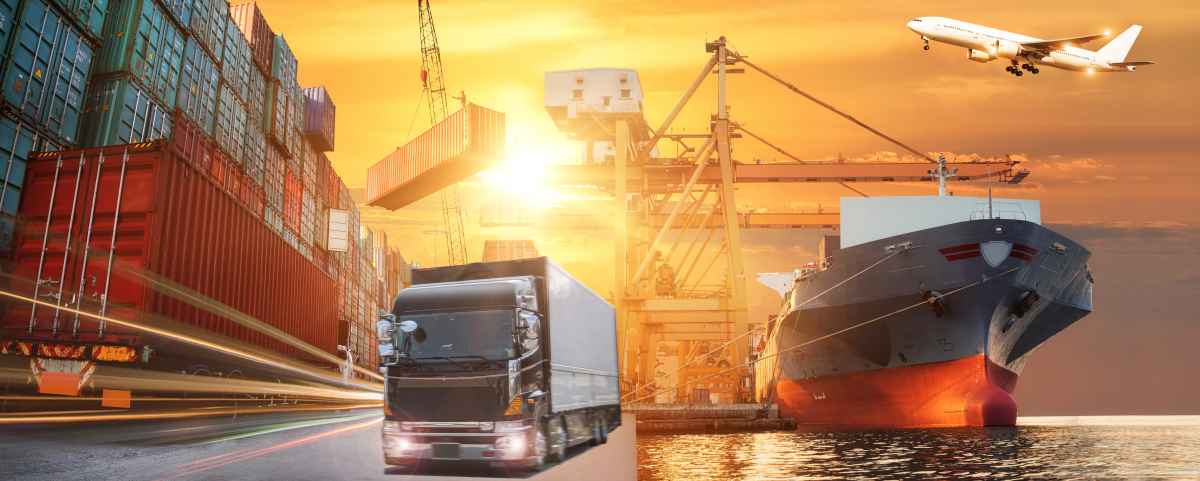
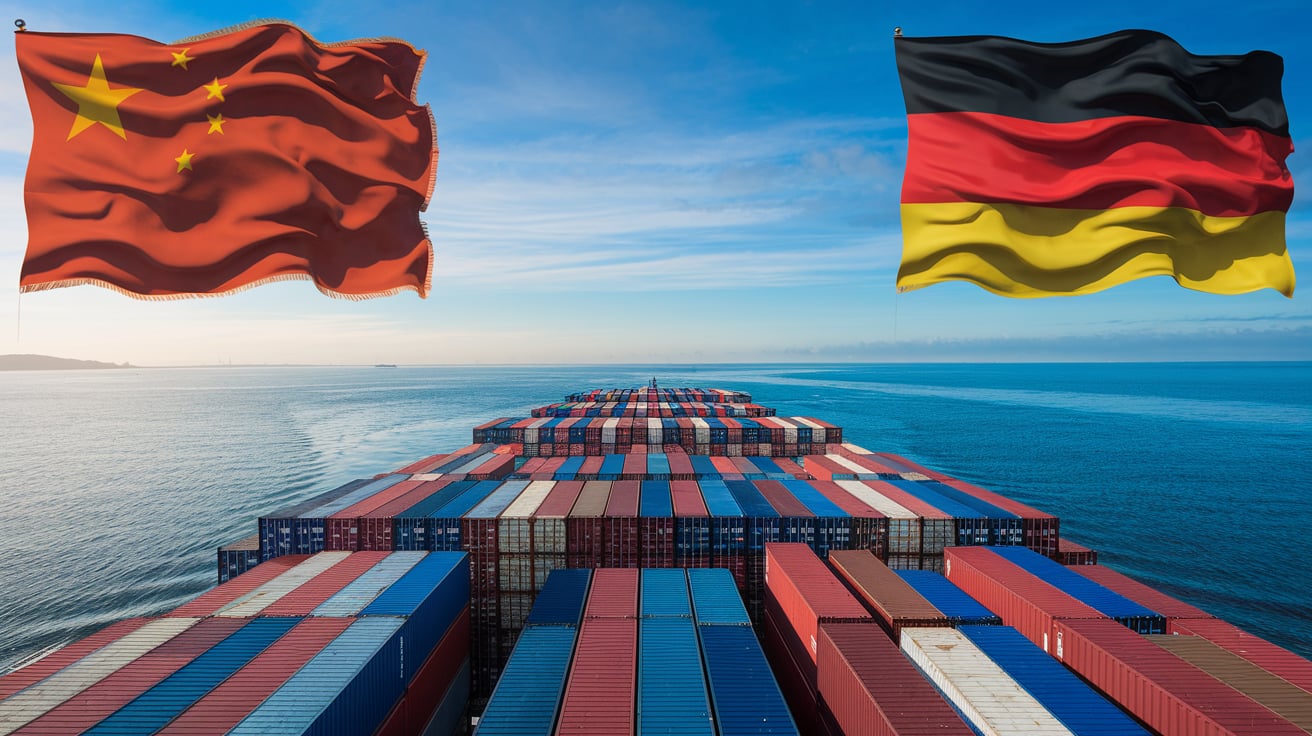
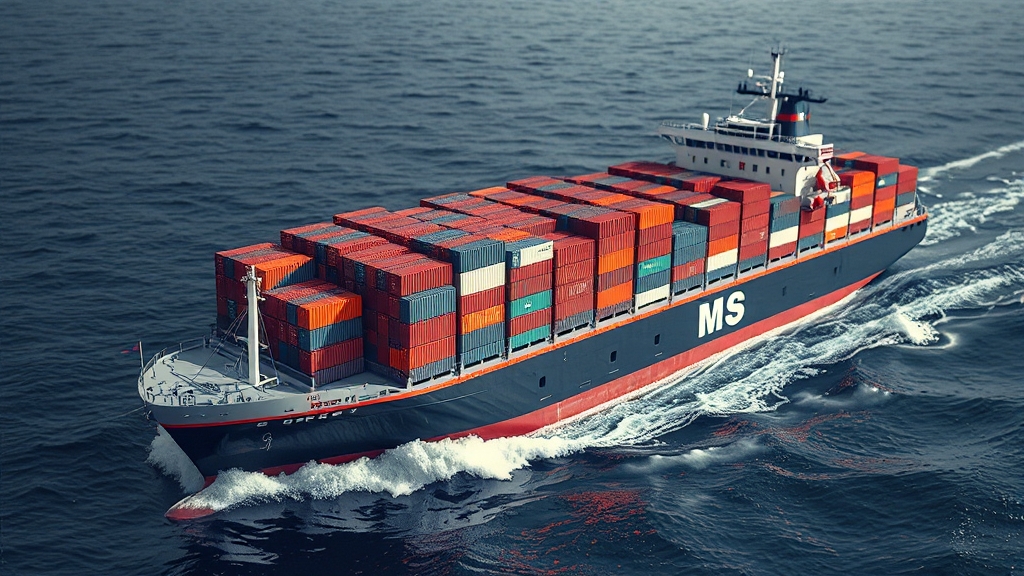
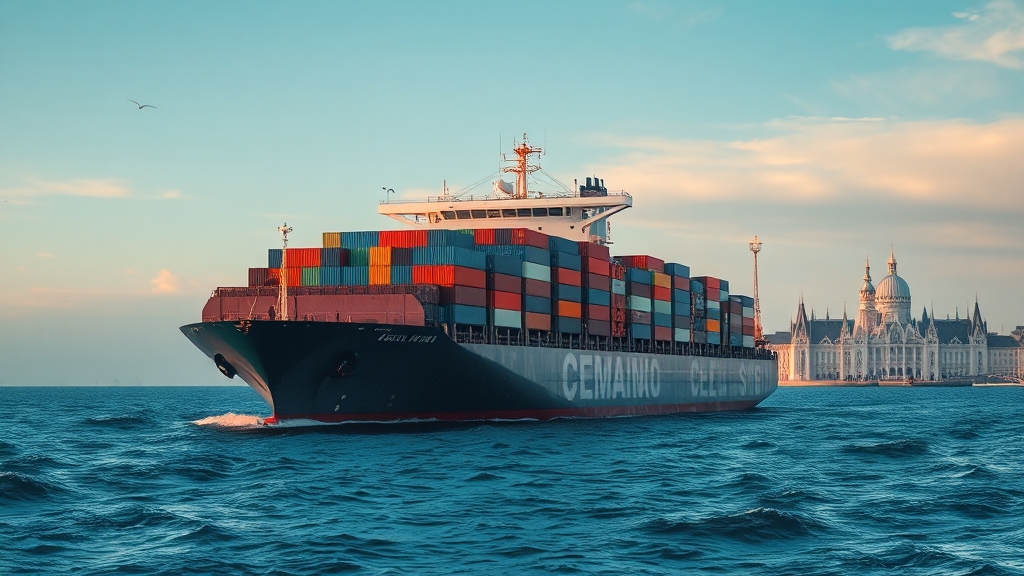
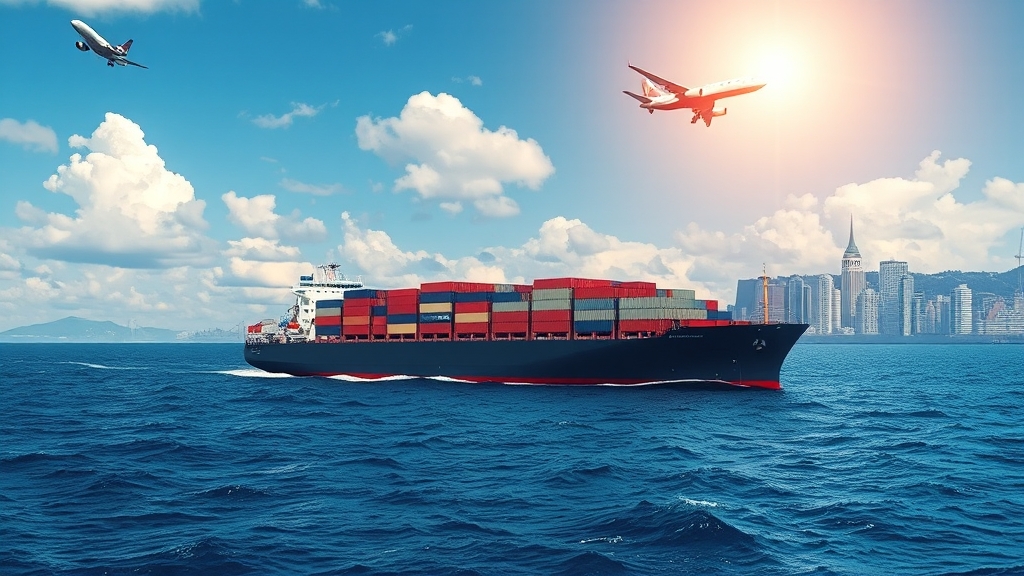





 Afrikaans
Afrikaans Shqip
Shqip አማርኛ
አማርኛ العربية
العربية Հայերեն
Հայերեն Azərbaycan dili
Azərbaycan dili Euskara
Euskara Беларуская мова
Беларуская мова বাংলা
বাংলা Bosanski
Bosanski Български
Български Català
Català Cebuano
Cebuano Chichewa
Chichewa 简体中文
简体中文 繁體中文
繁體中文 Corsu
Corsu Hrvatski
Hrvatski Čeština
Čeština Dansk
Dansk Nederlands
Nederlands English
English Esperanto
Esperanto Eesti
Eesti Filipino
Filipino Suomi
Suomi Français
Français Galego
Galego ქართული
ქართული Deutsch
Deutsch Ελληνικά
Ελληνικά Kreyol ayisyen
Kreyol ayisyen Harshen Hausa
Harshen Hausa Ōlelo Hawaiʻi
Ōlelo Hawaiʻi עִבְרִית
עִבְרִית हिन्दी
हिन्दी Hmong
Hmong Magyar
Magyar Íslenska
Íslenska Igbo
Igbo Bahasa Indonesia
Bahasa Indonesia Gaeilge
Gaeilge Italiano
Italiano 日本語
日本語 Basa Jawa
Basa Jawa ಕನ್ನಡ
ಕನ್ನಡ Қазақ тілі
Қазақ тілі ភាសាខ្មែរ
ភាសាខ្មែរ 한국어
한국어 كوردی
كوردی Кыргызча
Кыргызча ພາສາລາວ
ພາສາລາວ Latin
Latin Latviešu valoda
Latviešu valoda Lietuvių kalba
Lietuvių kalba Lëtzebuergesch
Lëtzebuergesch Македонски јазик
Македонски јазик Malagasy
Malagasy Bahasa Melayu
Bahasa Melayu മലയാളം
മലയാളം Maltese
Maltese Te Reo Māori
Te Reo Māori मराठी
मराठी Монгол
Монгол ဗမာစာ
ဗမာစာ नेपाली
नेपाली Norsk bokmål
Norsk bokmål پښتو
پښتو فارسی
فارسی Polski
Polski Português
Português ਪੰਜਾਬੀ
ਪੰਜਾਬੀ Română
Română Русский
Русский Samoan
Samoan Gàidhlig
Gàidhlig Српски језик
Српски језик Sesotho
Sesotho Shona
Shona سنڌي
سنڌي සිංහල
සිංහල Slovenčina
Slovenčina Slovenščina
Slovenščina Afsoomaali
Afsoomaali Español
Español Basa Sunda
Basa Sunda Kiswahili
Kiswahili Svenska
Svenska Тоҷикӣ
Тоҷикӣ தமிழ்
தமிழ் తెలుగు
తెలుగు ไทย
ไทย Türkçe
Türkçe Українська
Українська اردو
اردو O‘zbekcha
O‘zbekcha Tiếng Việt
Tiếng Việt Cymraeg
Cymraeg יידיש
יידיש Yorùbá
Yorùbá Zulu
Zulu